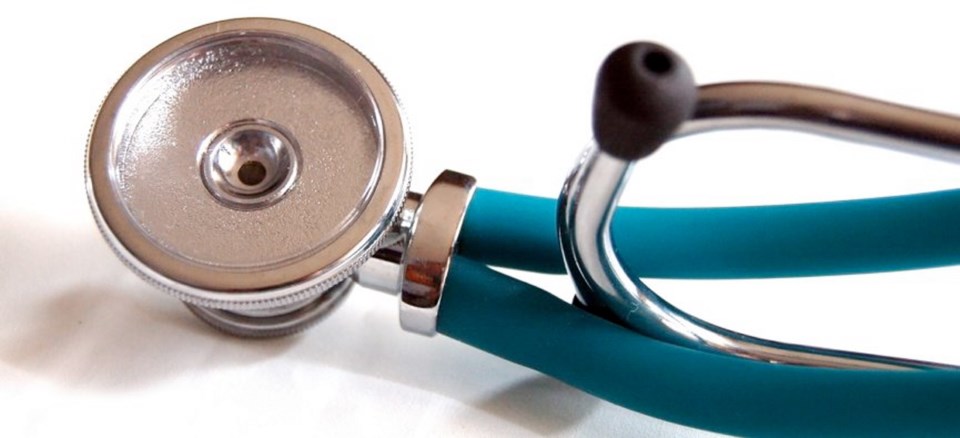Every year, more than 300,000 North Americans have a stent implanted to increase the flow of blood to heart’s muscle.
Stents have been inserted for decades because of cardiologists’ concern that, without a stent, a heart attack might occur. Or, a coronary attack might have already caused angina, due to inadequate blood supply. Now, a study published in medical journal The Lancet reports that some stents are lifesaving, while others could have been avoided.
But this is not the first review that has cast a shadow over stents. In 2007, the New England Journal of Medicine reported second thoughts about the value of stents. A survey of 2,287 volunteers showed that adding stents to drug therapy had no effect on heart attacks or death, compared with just using drugs alone.
This debate will not end quickly as doctors’ habits rarely change overnight. Moreover, these studies could be wrong. So I’m sure that more will follow. In the meantime, when the heart’s muscle is not getting enough blood and angina occurs, what is the best treatment?
There are two kinds of angina, stable and unstable. Stable angina causes chest pain when walking, exercising, or during emotional stress, and is relieved by resting. Coronary arteries have to be about 70 per cent blocked to trigger angina.
Unstable angina in contrast can occur without exercise. For instance, it can suddenly waken you during the night, and is not quickly eased by resting or using nitroglycerin. This is a critical condition, as heart attack might occur in a short time. In this case, the insertion of a stent can be life-saving.
In spite of this analysis, many cardiologists continue to use stents. They reason that, even if stents do not save lives, they at least reduce or relieve angina pain. Now, even this conclusion is been questioned by further interesting research. For the first time, researchers decided to see if the power of placebo treatment could match the success of stents. This was a double-blind study, in which neither researchers nor patients were aware of who had been given a stent, and who had not received one.
The study followed 200 patients in their 60s. They had obstruction of coronary arteries causing chest pain. They were given six weeks of drug therapy to decrease angina. Then, another group was treated with stents. Lastly, a third group was given sedation, catheters were inserted, but no stents were deployed. It was sheer sham, fake therapy without the patients’ knowledge.
Six weeks after the procedure, patients were tested on a treadmill to evaluate the result. What was found shocked the researchers. For years, they had known that a sugar pill could often help those in pain. But it was a surprise for them to discover no statistical difference between those who had received stents, and those who had the phoney procedure. So, never underestimate the psychological power of sham therapy and its effect on the accuracy of clinical trials.
So what is the solution? It makes sense to try drugs first as they could be as effective as using stents. But if drugs fail, stents should be considered. And remember, if a stent is inserted, drugs to keep the stent open are needed, and more drugs to stop blood from clotting.
But what is the initial risk of having a stent inserted? Doctors have inserted millions of stents and the risk is small. But as I’ve often stressed, there is no such thing as risk-free surgical procedure. So what can go wrong?
During and following the stent insertion bleeding can occur. This can happen at the area where the stent is inserted, and a blood clot can form. It’s not a serious complication, but it worries patients as it can take several weeks to resolve. There’s also the risk of allergic reaction or stroke, and always the chance that the stent will become blocked in the weeks or months after its insertion.
Remember, if chest pain occurs at rest and lasts more than five minutes, forget everything and call 911. An immediate stent can be lifesaving.

